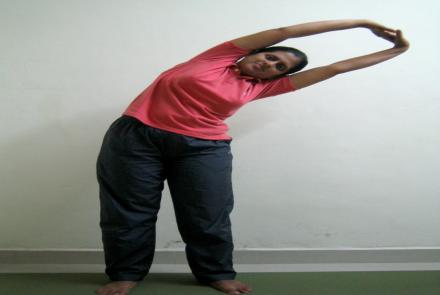Hypertension is the medical term for high blood pressure.
One in three adults worldwide, according to the 2012 WHO World Healh Statistics report, has raised blood pressure – a condition that causes around half of all deaths from stroke and heart disease.
In low and middle income countries, it often does not get diagnosed and treated.

Extremely high blood pressure may bring on the following symptoms
- Severe headache
- Fatigue or confusion
- Vision problems
- Chest pain
- Difficulty breathing
- Irregular heartbeat
- Blood in the urine
- Pounding in your chest, neck, or ears
Untreated hypertension can lead to serious diseases, including stroke, heart disease,kidney failure and eye problems. See section on Complications.
Changed
28/Apr/2025
Community
Condition












